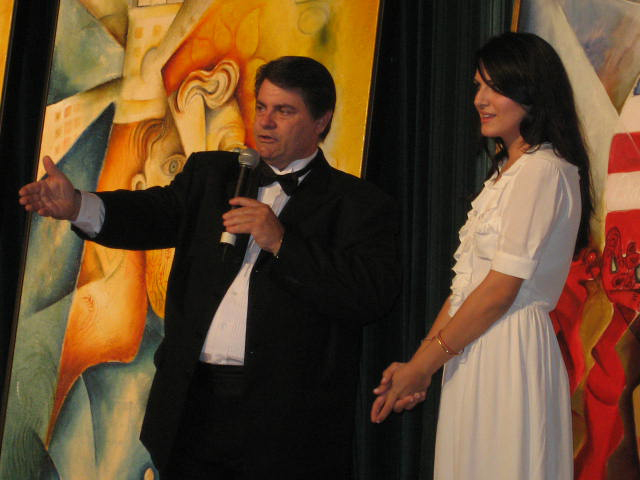How Creativity is Becoming a Global Language for Unity
The Global Peace Monument may have begun with a single painting and a young girl’s vision—but it’s not alone. Around the world, artists, communities, and movements are using creativity as a tool for peace, breaking barriers and rebuilding hope with brushes, beats, and bold ideas.
At the heart of this movement is one belief:
Art doesn’t just reflect peace. It helps create it.
Here are just a few powerful stories proving that peace through art is a global movement—and growing.
1. Syria: Murals in the Rubble
In war-torn cities like Aleppo and Homs, young Syrian artists have turned bombed-out walls into canvases of resistance and remembrance. One artist, Aziz Asmar, paints portraits of children killed in airstrikes—each mural a prayer for peace in colors that refuse to be silenced.
“Even if the buildings are destroyed,” he said, “our spirits and dreams remain.”
2. Colombia: Street Art and Healing in Bogotá
After decades of armed conflict, Colombian artists in Bogotá used street murals to depict reconciliation, indigenous strength, and shared futures. Art collectives like Vertigo Graffiti and Cartel Urbano have helped bridge conversations between former guerrilla fighters and local communities through visual storytelling.
Art, here, isn’t decoration. It’s dialogue.
3. Japan: Origami Cranes for Peace in Hiroshima
Since the atomic bombing of Hiroshima, children around the world have sent paper cranes—a Japanese symbol of peace—to the Hiroshima Peace Memorial Park. Inspired by the story of Sadako Sasaki, a young girl who folded 1,000 cranes before succumbing to radiation sickness, this tradition continues as a global expression of grief, solidarity, and hope.
Every crane is a quiet cry: never again.
4. South Africa: The Truth and Reconciliation Theatre Movement
Post-apartheid South Africa saw the rise of theatre for healing. Groups like the Arts for Reconciliation Project staged plays where victims and perpetrators of apartheid violence could confront their trauma, tell their stories, and begin to mend.
These weren’t just performances—they were acts of truth-telling, performed in prisons, churches, and town squares.
5. Palestine and Israel: Creativity Across Borders
In one of the world’s most divided regions, artists on both sides of the Israeli-Palestinian conflict have used creativity to connect beyond walls.
Projects like Artolution and Combatants for Peace bring together youth and former fighters to paint, perform, and collaborate, creating powerful shared narratives through art. Murals often feature interlocked hands, doves, and bridges over barriers.
Art can’t erase pain—but it can open doors.
6. United States: The Peace Monument and Zoya’s Vision
Back in the U.S., Zoya Eshwar’s Global Peace Monument is emerging as the newest voice in this worldwide conversation.
Her design echoes many of the same themes:
- Transformation (a missile blooming into a flower)
- Inclusion (children’s hands of all ethnicities)
- Hope (peace rising from conflict)
Zoya is just one artist—but her vision aligns with a powerful global truth:
Art heals. Art bridges. Art builds peace.
Why These Stories Matter
They remind us that peace isn’t passive. It’s creative.
And that peace isn’t a policy reserved for diplomats. It’s a choice made by everyday people using creativity to resist fear, division, and despair.
From war zones to classrooms, from refugee camps to capital cities—art is speaking.
Are we listening?
Be a Part of the Global Chorus
The Global Peace Monument isn’t just about one country or one child—it’s part of a larger symphony of peace through creativity.
Support the monument. Share these stories.
And help art continue to be a bridge between the broken pieces of our world.
👉 Get involved now

